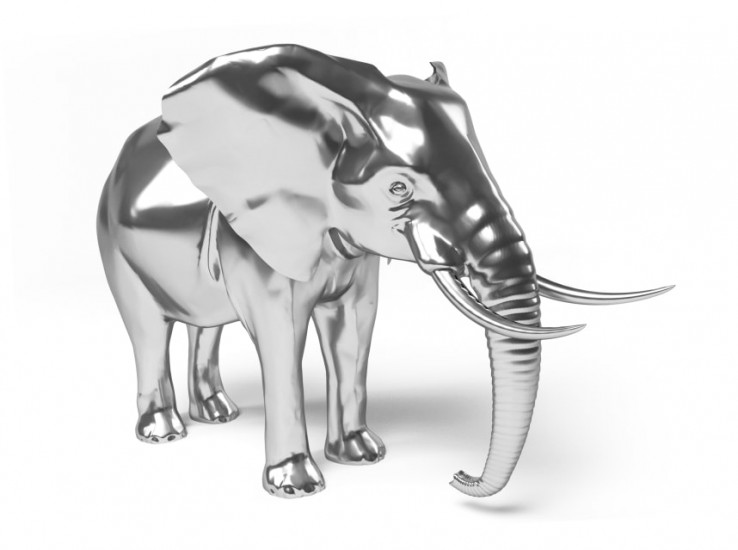To Leave a World To Next Generations Where They Can Live Healthy
Due to its structural features such as lightness, durability, conductivity, reflectivity and easy processability, aluminium, which is increasingly preferred in many industries from food to aviation, construction to renewable energy systems, supports sustainable source use with its 100% recyclability.
Element of the Future

8% of the world
Today, when resources are rapidly depleted, aluminium is the third most common element in the world after oxygen and silicon.
Since approximately 8% of the earth's crust consists of aluminium with different minerals, its supply is considered unlimited.
Recyclable
75% continues to be used
Recycling aluminium, a potentially 100% recyclable metal, requires only 5% of the energy required to produce the primary metal. It can be used over and over again as it does not lose any of its properties and quality during recycling.
Approximately 75% of the aluminium produced to date is still used. Aluminium products used today will have an endless cycle thanks to recycling.
Unlimited Usage Area
''From automotive to aviation, construction to packaging ...''
Aluminium offers flexible and creative solutions for many sectors thanks to its properties and many different alloys.
Aluminium, whose usage area is expanding day by day, is also being used in renewable energy technologies.
Design Flexibility
''In every form imaginable ...''
Many processing methods such as drilling, grinding, milling, welding and molding in aluminium can be performed more efficiently compared to other materials. Thanks to this feature, aluminium can be used as a simple structural element as well as in a complex and decorative design.
Light
''Efficient energy consumption''
The specific weight of aluminium is 2.7 g/cm3which has only 1/3 of the density of steel. In this way, in many industries, due to its lightness, efficient energy consumption and ease of transportation, aluminium also reduces production and transportation costs.

Durable and Reliable
''Easy to maintain and durable''
Aluminium, which is a very durable and at the same time reliable material compared to its weight; It is resistant to corrosion. Thus, it can be recycled and used over and over again. Moisture and UV rays do not penetrate aluminium even under long-term storage conditions. It is sound, wind and waterproof. Properties remain constant between -150 and +150 ° C . Stays stainless. Aluminium or aluminium chips do not spark. It is not magnetic. So it can be used in electrical protection.
Non-Toxic
''Hygienic and harmless to health''
Aluminium, which is used in many products in kitchens and preferred in food packaging, does not contaminate food at any stage due to its non-toxic properties and odorless.
Conductive
''More efficient & economical''
Aluminium, which is an excellent conductor of heat and electricity, is a more efficient material for power transmission lines compared to copper with its lightness and conductivity. It can also be used as a cooler in many applications such as LED lights, electrical products and computer motherboards.

Reflective
''High quality, maximum impact''
Aluminium reflects approximately 92% of visible light and approximately 98% of infrared rays. In other words, aluminium, which acts as a reflector in a sense, is the ideal material that can be used in many areas from recovery blankets to lighting fixtures.

